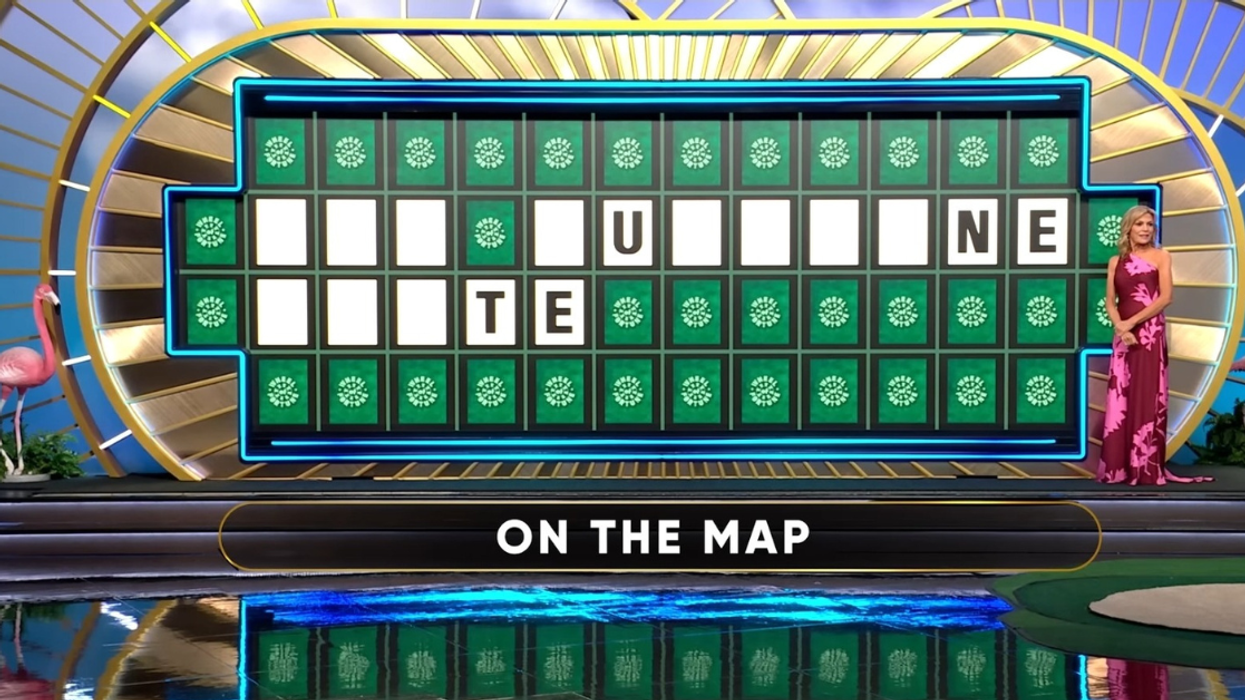Honeybees are pretty good at math, it turns out. A study by researchers in France and Australia published in Science found that bees can be trained to understand the mathematical concept of zero. Zero, meaning the absence of any quantity, is a relatively new concept thought to have been developed in India before the fifth century. This concept allows us to perform calculus, do complicated equations, and to have invented computers.
While bees probably won’t be inventing their own computers anytime soon, mathematical understanding is an indication of a certain level of intelligence. In the study, bees demonstrated math skills that parallel those seen in the African grey parrot, nonhuman primates and even preschool children.
"This is quite amazing, in my view, that bees can really do it," says Andreas Nieder, a scientist who was not part of the research team but studies how animals process the idea of "nothing." "It's a hard and very abstract concept. It is a sort of eccentric uncle in the number family.”
In earlier studies, bees were found to have the ability to count up to four. In this study, the scientists trained individual honey bees to respond to numerical concepts of “greater than” or “less than” using cards containing one to six black symbols. The bees were presented with the opportunity to choose from stations that featured two square cards. Each card had a different number of black symbols, such as dots or triangles. Sugar water would always be located under the card with the least number of symbols.
"They could come and see two circles versus three circles, or four triangles versus one triangle, or something like that," said Scarlett Howard, a scientist with at RMIT University in Melbourne, Australia. The bees quickly learned to fly to the card with the fewest symbols. Then, then they got another test: The bees had to choose between a card that had a single symbol and a blank card with nothing on it.
The bees seemed to understand that zero was less than one, because more often than not, they flew toward the blank card. "When we showed them zero versus six, they did that at a much higher level than zero versus one," Howard says. "So what tells us is that they consider zero as an actual quantity along the number line. They're actually better at doing zero versus six because those two numbers are further apart."
"We were very surprised and happy, excited, to see that actually the bees were choosing the empty paper," says Aurore Avargues-Weber, a CNRS researcher with the University of Toulouse. Even very young children, she points out, have trouble understanding that zero is a number. "It's easy for them to count 'one, two, three, four,' but zero, it's nothing, it's not something to count. So it's not the same category."
While this level of understanding is surprising in insects, other mammals have demonstrated the ability to count.
Lions that hunt in groups need to know if their group outnumbers a gathering of prey, or the prey is likely to outnumber the predators. Ravens, crows and other corvids can count and differentiate between groupings of numbers. They can also tell the difference between different humans. Not surprisingly, chimpanzees have basic math skills. Alex, the famous African Gray Parrot, could count up to eight and successfully perform addition problems. Why do animals need math skills? One possibility is the ability of animal parents to keep track of their young. If a kitten is missing, the mother will go looking for it, for instance. Another possibility is to keep track of landmarks to find their way home or to navigate an area where they look for food.
Humans, meanwhile, demonstrate uneven abilities in mathematics. In a global study of math skills of 15-year-old students, students in the U.S. ranked 27th among 64 countries. They don’t catch up as they get older either. In math, Americans with a high school diploma performed about the same as high school dropouts in other countries. Americans probably still have better math skills than honeybees—as far as we know right now. But perhaps we should aim higher.









 @jaketapoer/Bluesky
@jaketapoer/Bluesky









 @BillAckman/Twitter
@BillAckman/Twitter